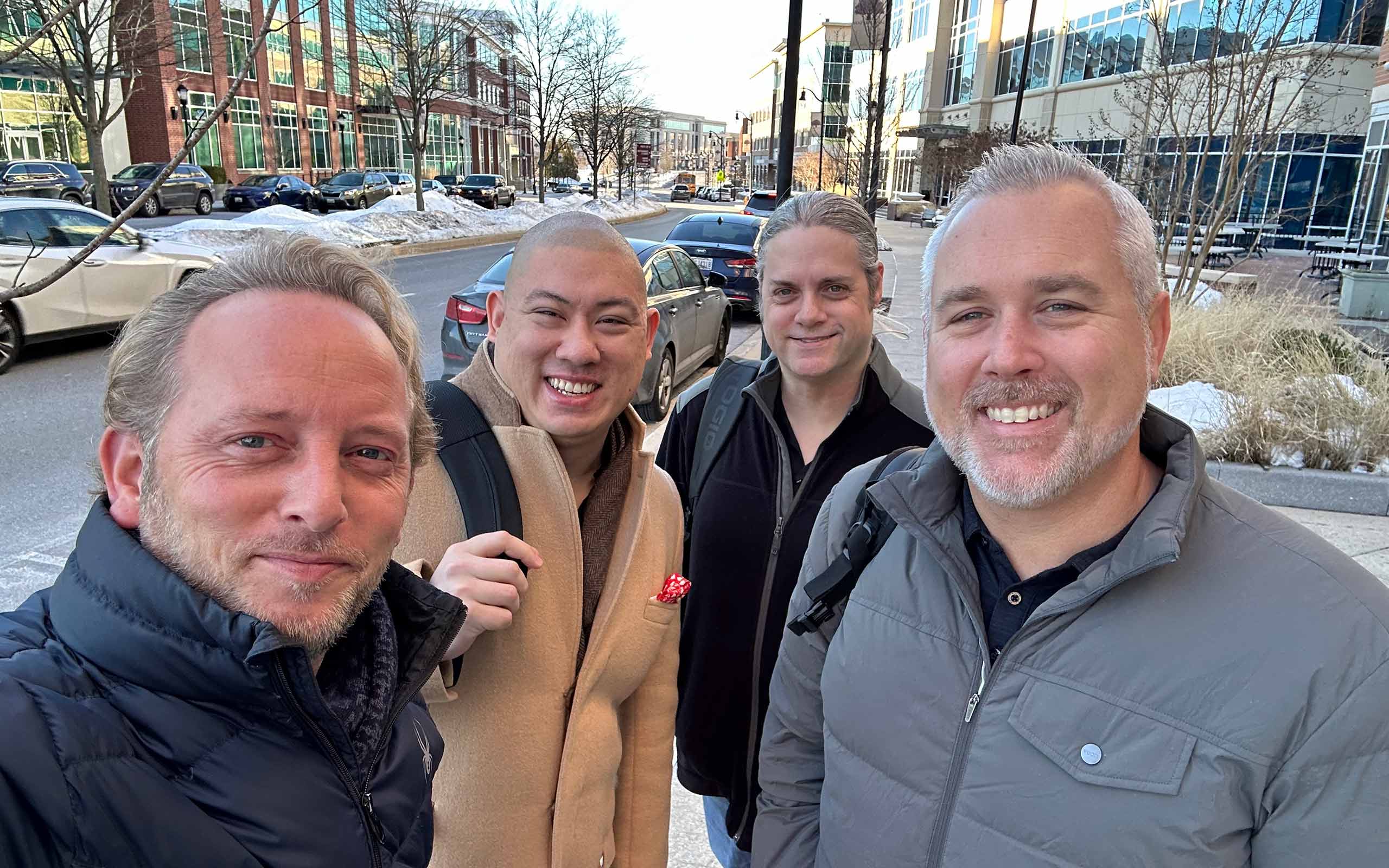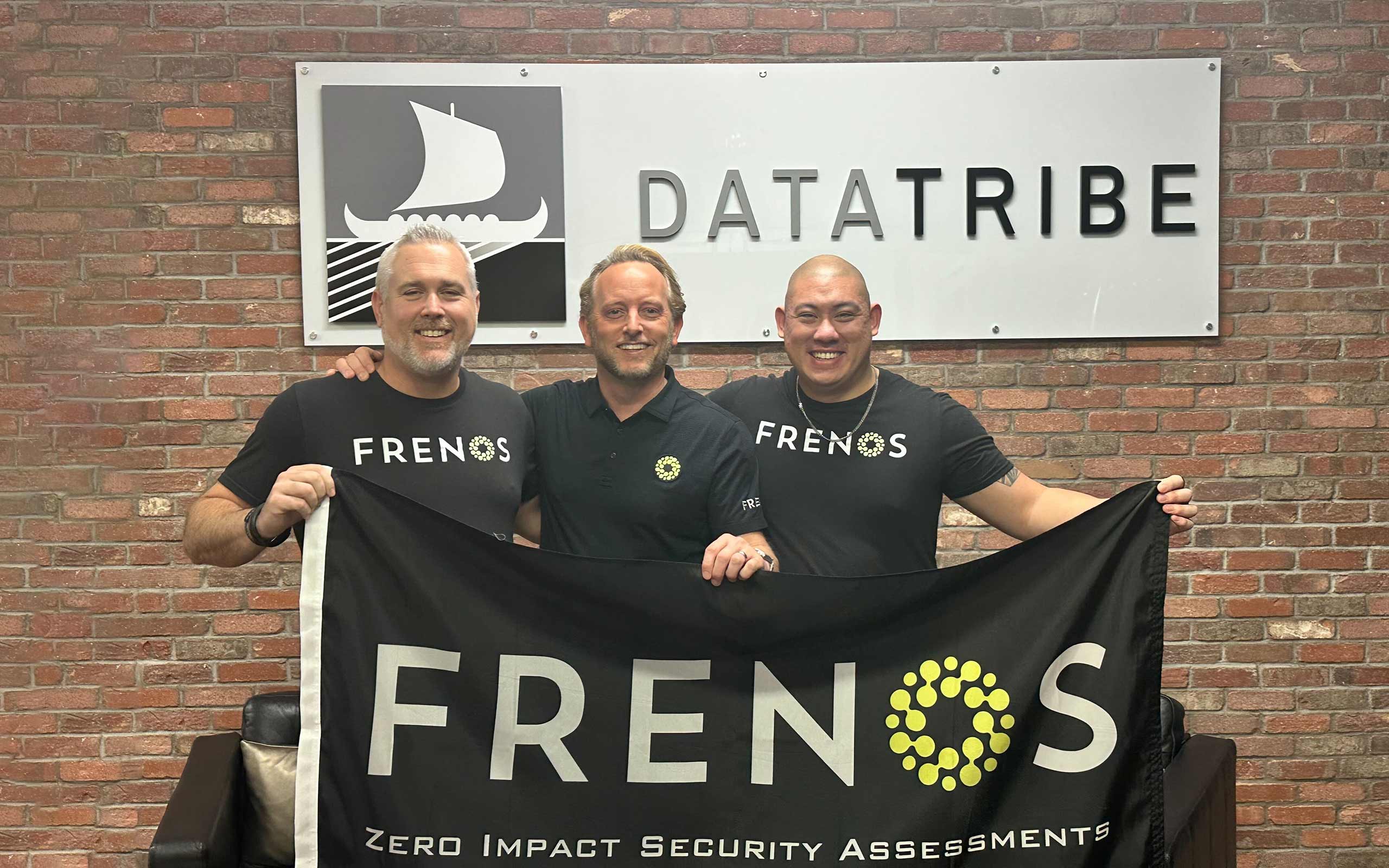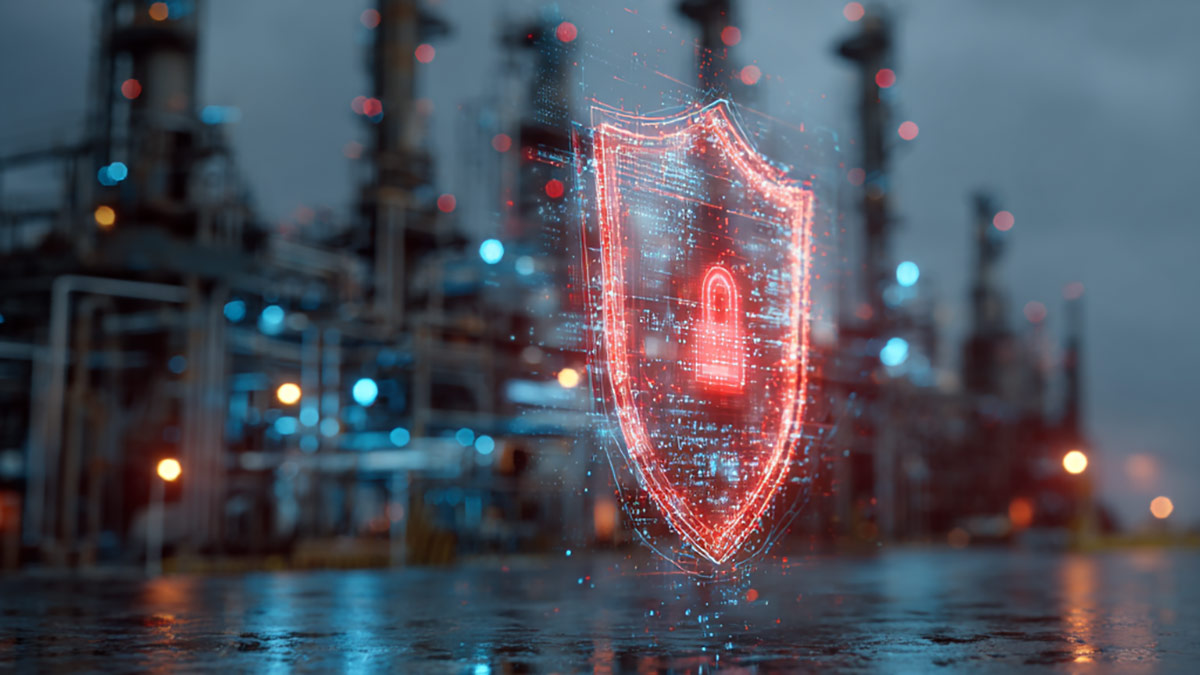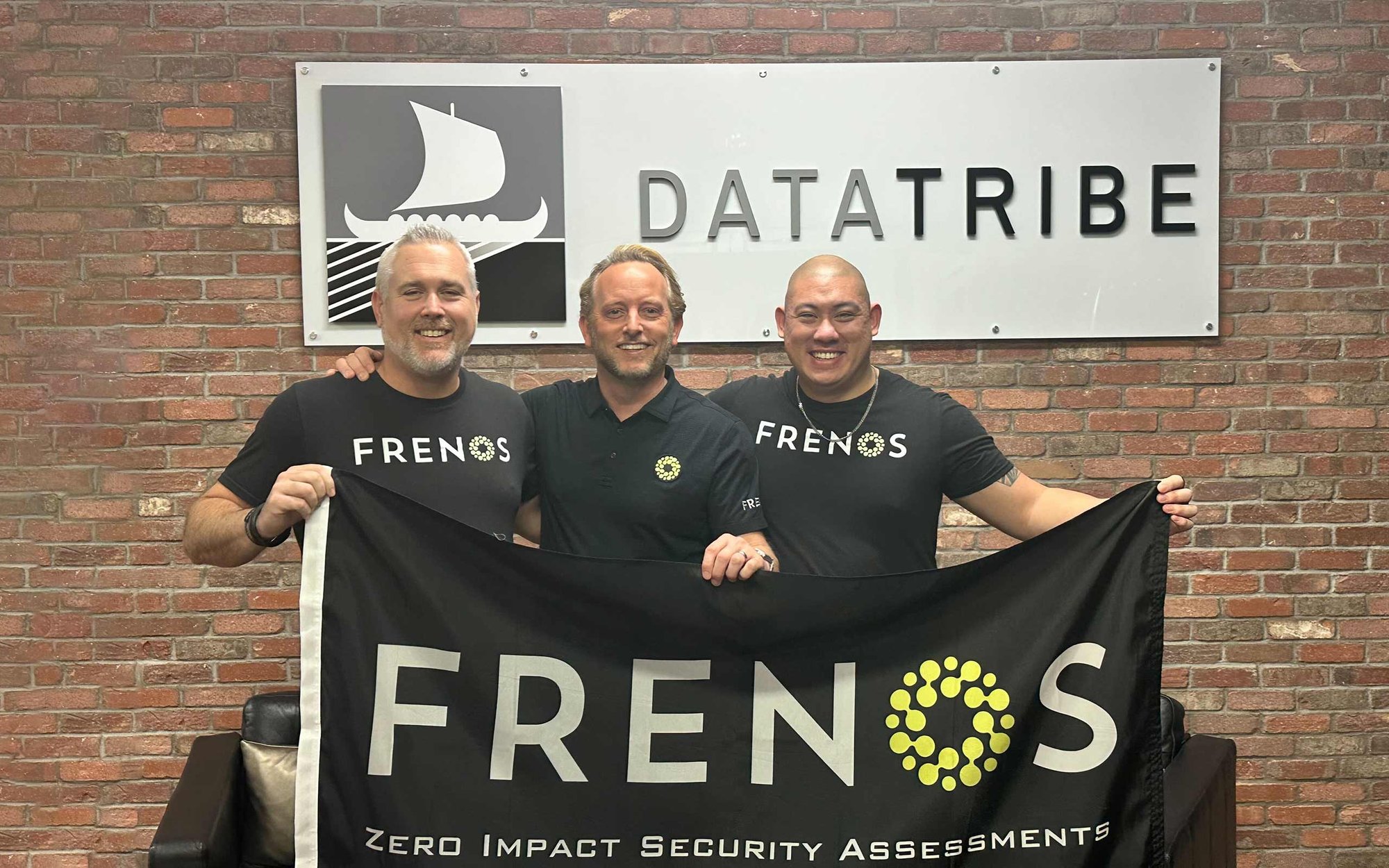As CTO of Frenos, I'm excited to share the technical journey behind today's announcement of our $3.88 million seed round. While my co-founder Brian has outlined our mission and vision, I want to dive into the engineering challenges we tackled to make our vision of autonomous OT security assessment a reality.
The Expertise Challenge in OT Security
One of the most pressing challenges in OT security is the scarcity of expertise. Organizations struggle to find individuals who understand both the cybersecurity landscape and the unique constraints of operational technology environments. This challenge inspired our development of SAIRA (Simulated Adversary Intelligence Reasoning Agent).
SAIRA represents a fundamental shift in how we approach OT security assessments. Rather than building yet another vulnerability scanner or threat detection tool, we engineered a system that combines multiple AI and ML models to reason about critical infrastructure defense holistically. The key innovation isn't just in the models themselves, but in how they work together to augment human expertise across the entire assessment and defense lifecycle.
Engineering for Real-World Constraints
When building AI systems for critical infrastructure, you can't simply follow the standard cloud-native playbook. OT environments come with strict requirements around data privacy, network connectivity, and operational stability. This reality shaped our core architectural decisions.
Instead of requiring constant cloud connectivity, we engineered our platform with embedded AI scaffolding. This means the entire system, including SAIRA, can run completely on-premise, whether on a server or even a laptop. For our customers in critical infrastructure, this isn't just a nice-to-have feature; it's essential for deploying in air-gapped environments or those with strict restrictions on outbound communication.
Rethinking Digital Twins for OT
Perhaps our most significant technical breakthrough lies in our patent-pending approach to digital twin technology. Traditional digital twins often require substantial computational resources, making them impractical for many OT environments. We faced a fundamental challenge: how do you create an accurate representation of complex OT environments while running on commodity hardware?
Our solution required rethinking the entire approach to digital twin architecture. We developed novel techniques for efficient representation and analysis that can run on standard hardware configurations. This wasn't just about optimization—it required developing new approaches to modeling and analysis that could maintain accuracy while dramatically reducing resource requirements.
Looking Forward
With this funding round, we're not just scaling our business; we're accelerating our technical innovation. Our engineering team is already working on expanding SAIRA's capabilities, enhancing our digital twin technology, and developing new ways to make sophisticated security assessment accessible to every critical infrastructure operator.
The technical challenges in OT security are complex, but they're not insurmountable. By building technology that respects the real-world constraints of OT environments while leveraging the latest advances in AI and ML, we're making sophisticated security assessment and defense accessible to every critical infrastructure operator.
As we continue this journey, we remain committed to our core technical principles:
- Solutions must work within existing OT constraints
- AI should augment and scale human expertise, not replace it
- Security tools should reduce complexity, not add to it
I'm incredibly proud of what our engineering team has accomplished, and I'm even more excited about what we'll build next. The future of OT security requires innovation that bridges the gap between cutting-edge technology and operational reality. At Frenos, we're building that bridge.
Harry Thomas is the CTO and co-founder of Frenos. For more information about Frenos's autonomous OT security assessment platform, visit frenos.io.






.jpg)
